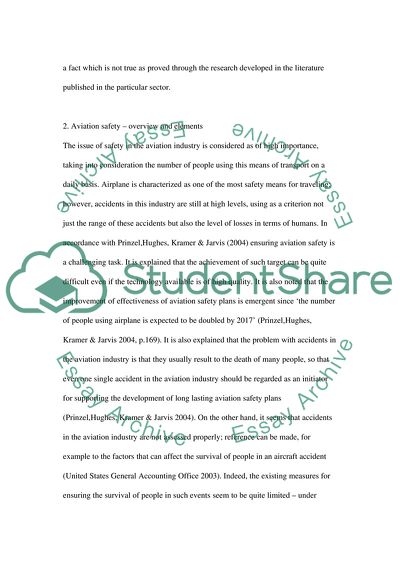Cite this document
(Aviation Safety Term Paper Example | Topics and Well Written Essays - 2250 words, n.d.)
Aviation Safety Term Paper Example | Topics and Well Written Essays - 2250 words. Retrieved from https://studentshare.org/technology/1757682-aviation-saftey
Aviation Safety Term Paper Example | Topics and Well Written Essays - 2250 words. Retrieved from https://studentshare.org/technology/1757682-aviation-saftey
(Aviation Safety Term Paper Example | Topics and Well Written Essays - 2250 Words)
Aviation Safety Term Paper Example | Topics and Well Written Essays - 2250 Words. https://studentshare.org/technology/1757682-aviation-saftey.
Aviation Safety Term Paper Example | Topics and Well Written Essays - 2250 Words. https://studentshare.org/technology/1757682-aviation-saftey.
“Aviation Safety Term Paper Example | Topics and Well Written Essays - 2250 Words”, n.d. https://studentshare.org/technology/1757682-aviation-saftey.


